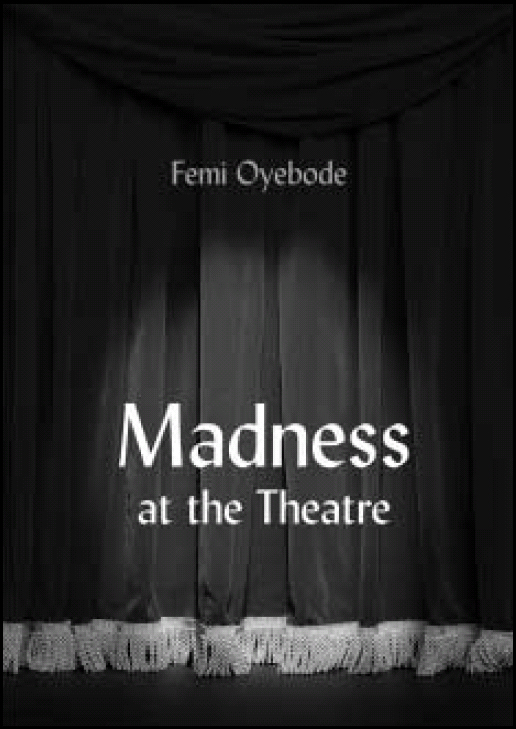
Professor Oyebode's study of madness in the theatre moves on a ‘trajectory’ from Classical tragedy and comedy through Shakespeare to instances of illness presented in Ibsen and contemporary West African and British drama: from the self-blinding of Oedipus to the actual suicide of the dramatist Sarah Kane. Individually, the studies are incisive and wield the diagnostic tools of contemporary psychiatry to reveal what is systemic in behaviour that once might have been viewed as particular or anecdotal. Psychiatry brings insights, and a lexicon that was unavailable to playwrights of old, who, for their own purposes, were drawn to human experiences of collapse and dissociation.
Oyebode uses the notion of ‘madness’, necessarily a blunt instrument, to suggest the depths which the dramatist probes in search of the forms which integrate life forces into the elements of being and personality. Madness then exposes the disorder and disintegration which beset human society. Examples run from mania, the frenzy or unreason visited as punishment for the overturning of divine order, as in The Bacchae; to the transcript of an individual consciousness in Sarah Kane's depressive psychosis, where ‘madness is not given meaning nor is it understandable in context’.
The relationship of drama to the particular instances Oyebode discusses is sometimes questionable. Ibsen, ignorant in Ghosts of the precise aetiology of congenital syphilis and anxious to represent a ‘worm-eaten’ family history, finds in disease, if not ‘madness’, a powerful image of the socially repressive world of the Norwegian bourgeoisie. Here one rather regrets that Professor Oyebode had not preferred a treatment of Strindberg, his mental illness, and the highly imaginative - quasi-delusional - images of his influential late Expressionism, and a suggestive parallel to Kane. Both examples show the power of mental disorder to increase the range of the dramatic medium beyond the contemporary understanding of naturalistic ‘truth’.
Perhaps most interesting are his pages on Shakespeare. In Othello, his discussion raises questions of a ‘morbid’ jealousy which is arguably the rational response to the malign constructions of an irrationally envious Iago. Oyebode suggests that a better instance of the syndrome is to be found in The Winter's Tale, with Leontes, described by Harold Bloom as ‘an Othello who is his own Iago’. In King Lear, the interplay of folly and madness (as in Twelfth Night) affords Oyebode a kaleidoscope of dramatic fragments within which we see Shakespeare's piercing intelligence accomplishing a dissection and symbolic re-integration of the personality. Here the threat to Lear or Malvolio may be justly compared, as the dramatist probes like experiences in tragic and comic registers.
But surely the artist's imagination of mental disorder is unreliable and ‘made up’? Entertainment is moreover selective, rarely interested in catatonia (exceptions are to be found in Beckett or Edward Albee) but enthusiastic about psychopathy and violence. ‘Madness’ is exploited in the images of cinema horror as in the melodrama of an earlier age. Oyebode, however, demonstrates how drama can penetrate the superficial clichés of violence to suggest the qualities of mind that animate the struggles of a Hamlet or a Lear: ‘mad’, although no longer abnormal or grotesque, but recognisably human.



eLetters
No eLetters have been published for this article.